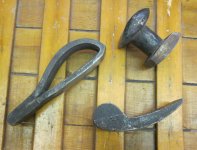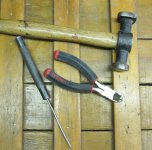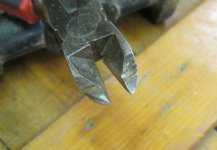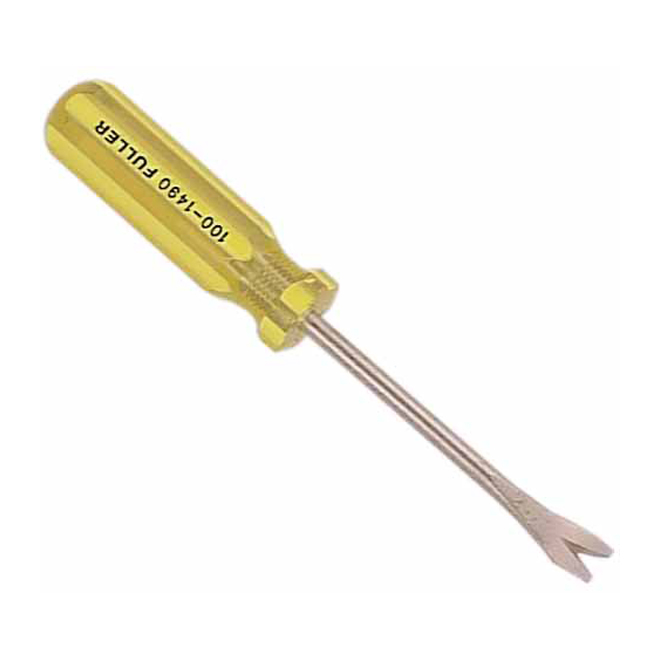A question for those of you who have replaced w/c ribs. Is it necessary to remove the top row of planking along the shear when replacing ribs?
My project boat needs a new inwale on only one side, and also needs most of the rib tips replaced on that same side so I know the top row of planking has to be removed over there. The good inwale side needs no rib tip replacements,but I do have those dozen or so ribs that need to be replaced. It sure would be nice to not have to mess with the planking at all on the good side.
Mark
My project boat needs a new inwale on only one side, and also needs most of the rib tips replaced on that same side so I know the top row of planking has to be removed over there. The good inwale side needs no rib tip replacements,but I do have those dozen or so ribs that need to be replaced. It sure would be nice to not have to mess with the planking at all on the good side.
Mark




